One of the most challenging aspects of being an educator in today´s world is keeping up with the constantly changing technology. It often feels like we can never catch up to students´ level of understanding, let alone teach them something new. Yet, we know that if we don´t utilize technology in the classroom, we risk leaving students unprepared for the world where they will live and work.
In my own struggles with this dilemna, I have searched for ways to use technology as a vehicle for language learning rather than focussing solely on teaching students about technology. By doing this, I´ve found that there are many ways use technology in the English classroom that don´t require a deep understanding on the teacher´s part. As I have used them with my students, I´ve found that they are not only easy to use, but also very engaging for students.
If you are interested in taking a look at some of the internet resources I´ve found useful, click on the following link to my blog about technology in the classroom: http://englishtechnologyuy.blogspot.com/
Kelly Gardner
English Language Fellow
Inspección de Inglés
Teachersnetuy
View more presentations from beasen17.
"When teachers have a strong sense of professional community their morale is better and teacher commitment is higher. Professional community helps support teaching practices, and helps teachers address the uncertainty that accompanies nonroutine teaching of the sort encouraged by many school reform initiatives."
Adam Gamoran
Adam Gamoran
It is often said that the most important asset of any enterprise is the talent and enthusiasm of its workforce. Education is no exception to this premise.
Being teachers such a vital element in the educational process, when designing policies aimed at getting better academic results, what policymakers must not forget is that teachers are no different from employees in the private sector. They want to succeed in their jobs and they demand the tools, the respect, and the sense of empowerment necessary to reach this goal.
As University of Washington scholar Dan Goldhaber stands, "It appears that the most important thing a school can do, is to provide its students with good teachers".
But teachers are known to improve when they analyze, evaluate, and experiment with colleagues in purposeful learning communities (Fullan, 2001). Fullan also suggests that the school level change strategy is developing professional learning community within schools and emphasize the importance of strong teacher community. Therefore, teachers need to be enabled and encouraged to establish a community of learners among themselves (Lave & Wegner, 1991). Maclaughlin and Talbert (2001) also indicated that a collaborative community of practice in which teachers share instructional resources and reflections in practice appear essential to their persistence and success in innovating classroom practices (p.22).
Building up organizations that are able to learn – according to Kofman and Senge- requires basic changes in the ways people think and interact. “The heart of the learning organizations are communities of commitment. Without communities of people genuinely committed to the organizations’ goals, there is no real change”.

WEATHER FORECAST
"Shapers" 2007: the net is officially born
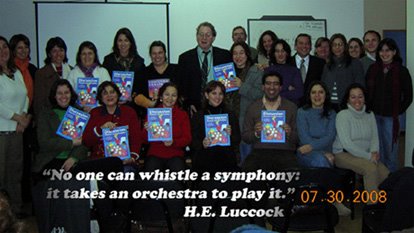
NEW MESSAGE. CHECK IT OUT!
martes, 28 de abril de 2009
Suscribirse a:
Enviar comentarios (Atom)





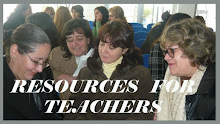













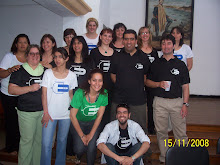







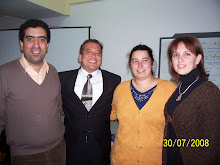

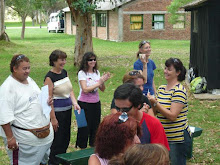



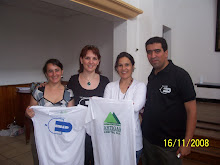

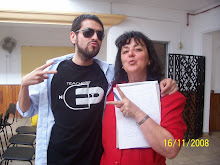


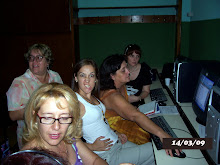

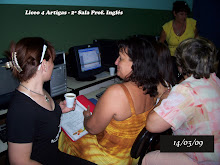

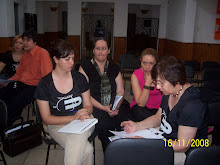
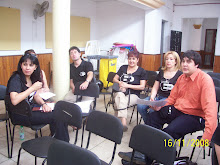





No hay comentarios:
Publicar un comentario